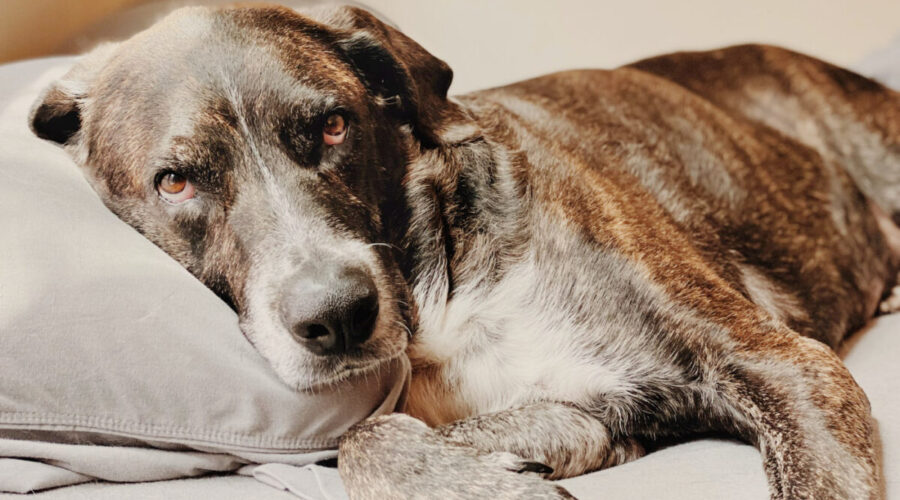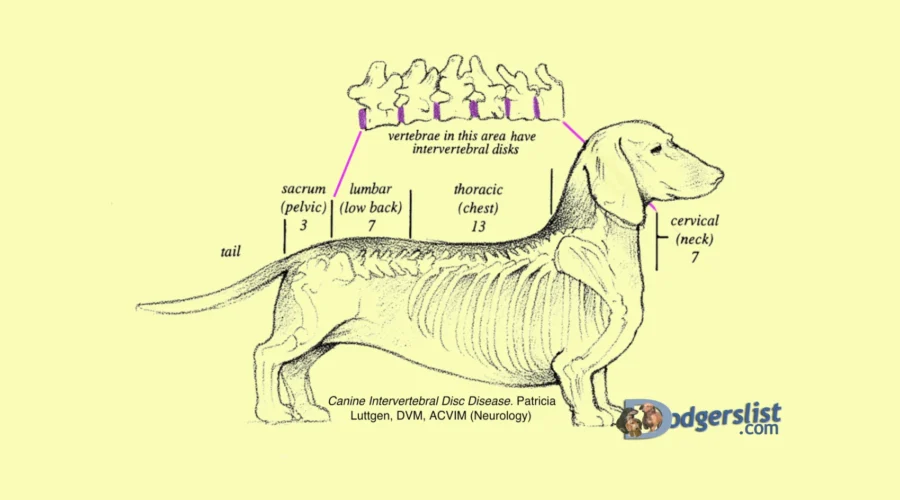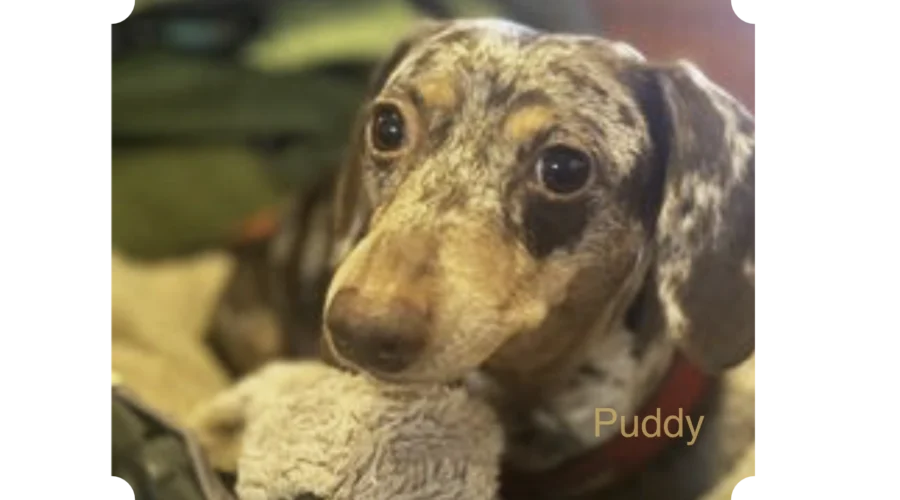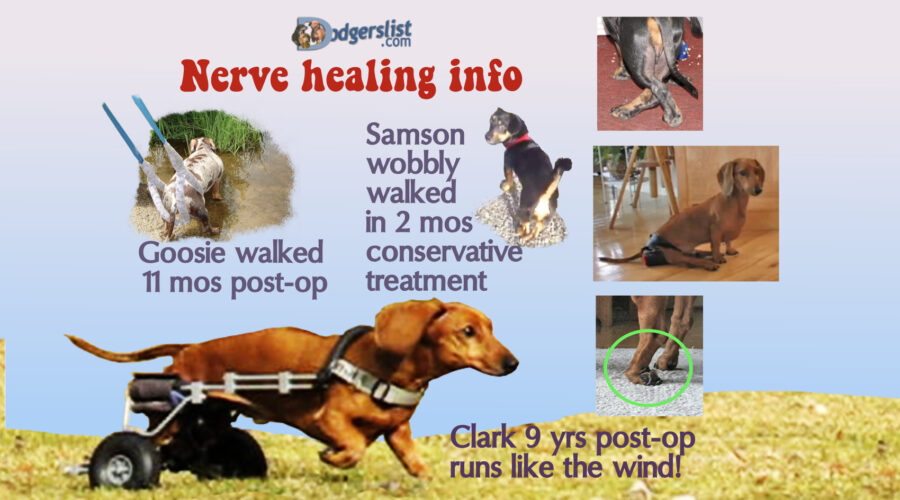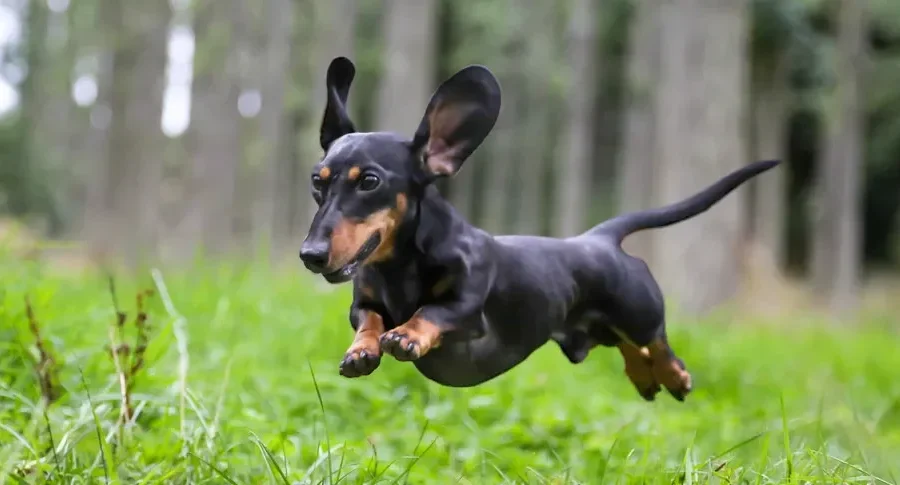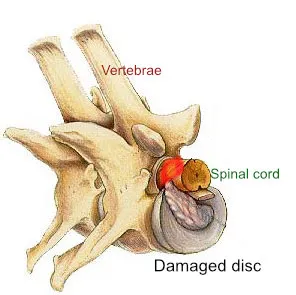Puddy
by Gale
This is my silly Puddy (Mud Pud) she hates to be dirty and loves having a bath and being clean. Not like her sister at all.
She has had two surgeries for ruptures and 3 conservative treatments.
She was completely paralyzed before and after the first surgery but has regained some deep pain sensation, she has come a long way. She refuses to use a cart, she relearned to walk but is still wobbly, has about 30% bladder control so I’ve been expressing her for the past 3 years which I definitely consider myself a champion squeezer at this point.
She loves life and having IVDD doesn’t stop her at all, you should see her go, she corners like a school bus on ice when she goes too fast but doesn’t bother her in the least.
We are blessed to have her, she is very vocal and makes sure to tell you what she wants or needs. She has a big personality and we love her so much! Thanks to Dodgerslist we have learned so much and are so thankful.

